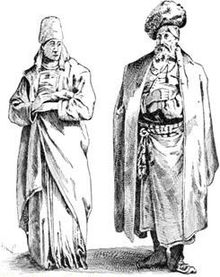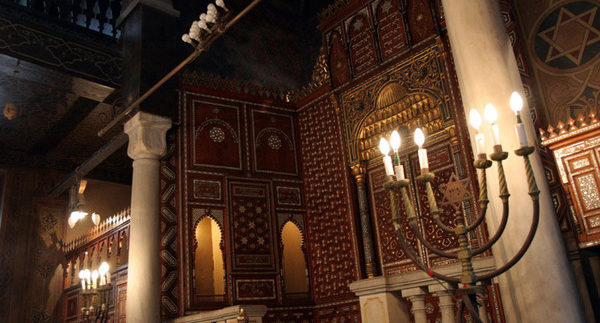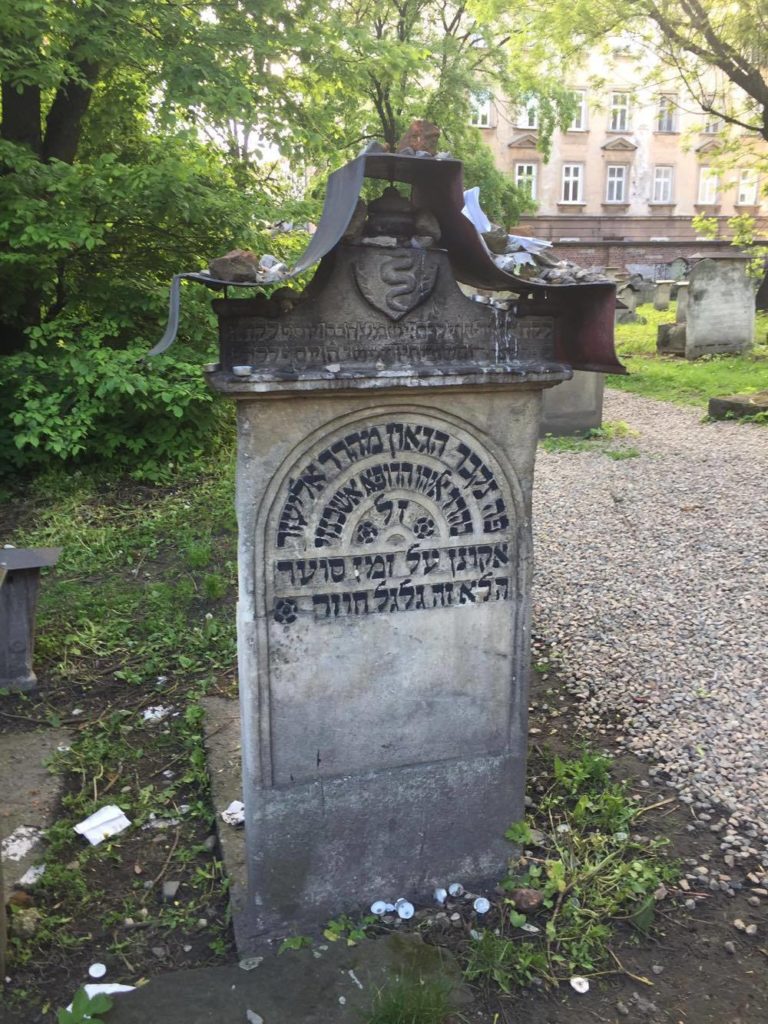 Have you ever heard of Lazar Ashkenazi? His life and legacy is one worth noting, and is one of the many Jewish personalities we’ll learn more about in our kosher cruises to the rivers of Europe!
Have you ever heard of Lazar Ashkenazi? His life and legacy is one worth noting, and is one of the many Jewish personalities we’ll learn more about in our kosher cruises to the rivers of Europe!
Eliezer ben Elija Ashkenazi, also Lazar Ashkenazi ( אליעזר בן אליהו אשכנזי)
(1512 – December 13, 1585) was a rabbi, Talmudist, physician, traveller, and a versatile Renaissance scholar. He is considered to be the ideological father of the Hevra Kaddisha institution in the Jewish environment. The burial brotherhood is believed to have first launched while he was serving as the chief rabbi of Prague, Bohemia in the second half of the 16th Century.
Lazar’s Origins
Though his ancestors apparently came from Germany (the medieval Hebrew name for “Ashkenaz”), Lazar was born somewhere in the Levant (or perhaps in the city of Levanta in Italy), probably in 1512. He studied the Talmud under Joseph Taitazak in Thessaloniki.
Ashkenazi spent twenty two years of his rabbinical career as the chief rabbi in Egypt between 1538 and 1560, most likely in Fustat. He was very successful and popular there for his authority and his relatively high social status.
Lazar’s Wanderlust
But for not very clear reasons – most likely political disagreements – he was forced to leave Egypt in 1560 and leave for Cyprus where he served for two years as a rabbi in the Jewish community of Famagusta. The desire to visit new counties and to discover the yet unknown and strange customs of strangers, however, made him to leave his office and travel.

He first arrived in Venice, but the conflict with local chief rabbi Yehuda Katzenellenbogen, the famous Maharam of Padua, made him leave the same city that same year and settle in Prague in 1561. Here he laid the foundations of the so-called Hevra Kaddisha. His signature is the first under the statutes of the burial society.
After leaving Bohemia and heading East, gradually descending to Crimea, he returned to Italy after 1570, where he took over the rabbinate in Cremona. In 1576 he first published his work called “Yosef Lekah” dedicated to Don Josef Nasi, a Jewish noble and patron in the court of Sultan Suleiman I. This work has been re-published for its popularity.
Four years later, in 1580, Ashkenazi appeared again in Eastern Europe. He became the chief rabbi of the community in Poznan. It is here in 1583 that his exegetical work “Ma’as Ha’Shem” (“The Deeds of the G-d”) is published, dealing with the theme of Exodus from Egypt.
In 1584, Ashkenazi left Poznan for Cracow, where he died on 13th of December, 1585 (22nd of Kislev, 5346). He was buried in the famous Old Cracow Jewish Cemetery, next to the Remu Synagogue of Rabbi Moshe Isserlis, in the Kazimierz district (the former Jewish medieval ghetto of Cracow).
 Ashkenazi’s matzevah (tombstone) is located in the southwest part of the Old Cemetery and is decorated with a symbol of a snake – an Aesculapian tree snake (apparently the only tombstone of its kind here) and covered with a canopy. In 2016 the tombstone was planned for reconstruction because it was partially damaged by the Nazis during the Second World War and the Holocaust.
Ashkenazi’s matzevah (tombstone) is located in the southwest part of the Old Cemetery and is decorated with a symbol of a snake – an Aesculapian tree snake (apparently the only tombstone of its kind here) and covered with a canopy. In 2016 the tombstone was planned for reconstruction because it was partially damaged by the Nazis during the Second World War and the Holocaust.
Interested in learning about outstanding rabbinical figures and other fascinating topics about the Jewish presence in Europe while on a luxurious kosher cruise? Please visit us at www.kosherrivercruise.com.
